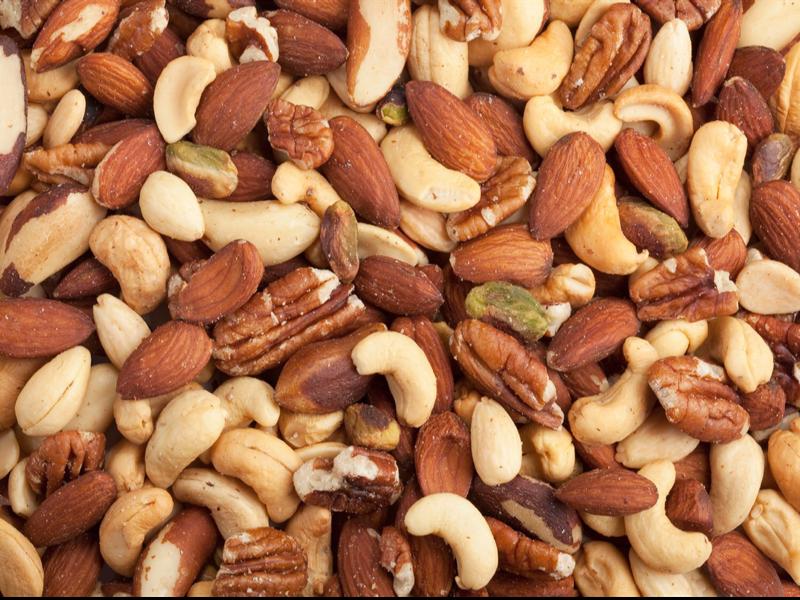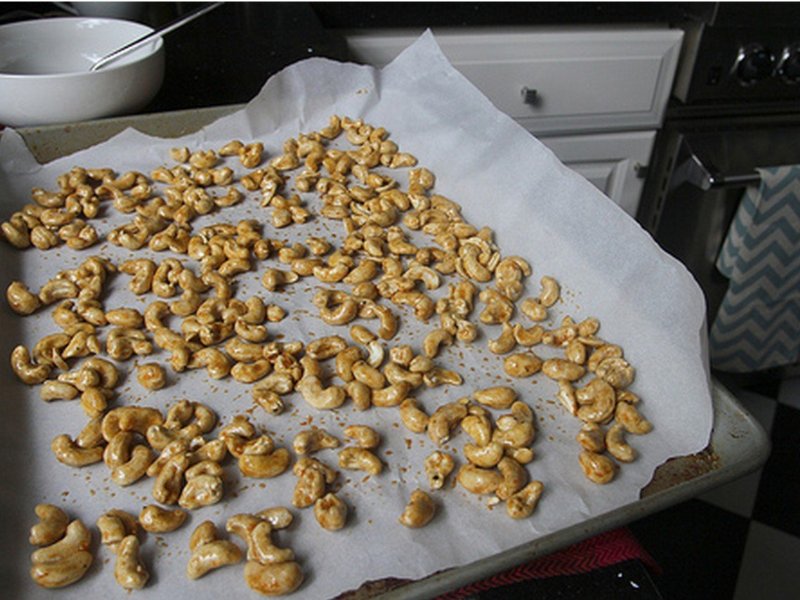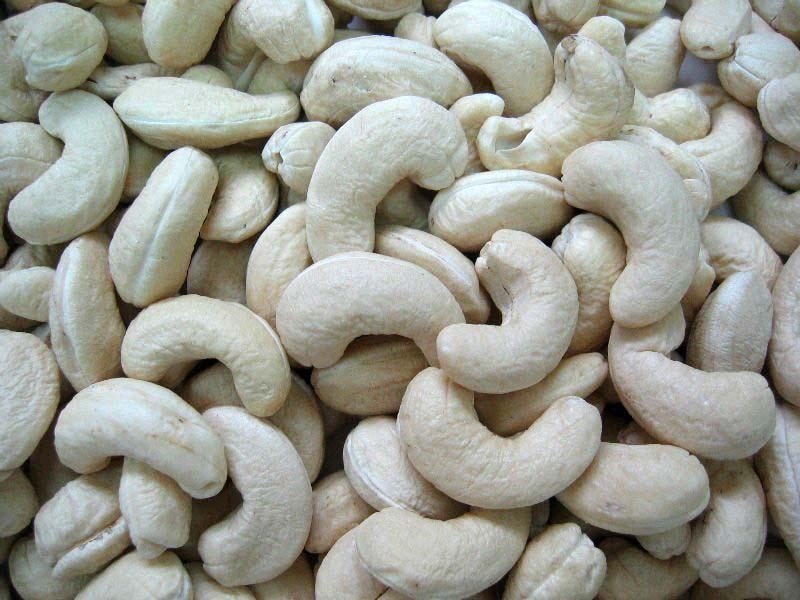The cashew nut industry plays a significant role in the global agricultural market, with cashews being one of the most popular and sought-after nut varieties. Cashew market rates, like any commodity, are subject to various factors that influence supply, demand, and ultimately, prices. This article aims to provide a comprehensive summary of the key factors that impact cashew market rates, allowing stakeholders and investors to gain insights into this dynamic market.
1. Global Production and Consumption Trends:
Understanding the production and consumption trends of cashew nuts is crucial when assessing market rates. Key cashew-producing countries include Vietnam, India, Nigeria, Ivory Coast, and Brazil. Importing nations with significant consumption rates include the United States, Europe, China, and Japan. Any disruptions or changes in production or consumption patterns in these regions can significantly impact market rates.
2. Climate and Weather Conditions:
The growth and development of cashew trees are highly dependent on favorable climate and weather conditions. Droughts, floods, storms, or other unfavorable weather events can adversely affect cashew yields. Such disruptions in supply may lead to increased market rates due to reduced availability of cashew nuts.
3. Quality and Grades:
Cashew nuts come in various grades, with higher-quality nuts commanding higher prices. Factors influencing the quality and grading of cashews include size, color, moisture content, and presence of defects. Market rates tend to be higher for premium grades, such as W180 and W240, which refer to the number of cashew nuts per pound.
4. Market Demand and Consumer Preferences:
Fluctuations in consumer demand and preferences can have a substantial impact on cashew market rates. Increasing awareness of health benefits associated with cashews, such as high protein and healthy fat content, has driven demand in recent years. Additionally, the rise in vegan and vegetarian diets has increased the demand for cashew-based alternatives, such as cashew milk and cashew-based cheese substitutes.
5. Trade Policies and Tariffs:
International trade policies, including tariffs and import/export regulations, can significantly influence cashew market rates. Changes in import duties, taxes, or trade agreements can impact the cost of importing or exporting cashews, thereby affecting market prices. Trade restrictions or disruptions can create market uncertainties and price volatilities.

6. Currency Exchange Rates:
The exchange rates between countries can affect cashew market rates as well. Fluctuations in currency values can impact the competitiveness and affordability of cashew exports and imports, leading to changes in market rates. A weaker domestic currency can make exports more competitive, potentially driving up cashew prices.
7. Oil Prices and Transportation Costs:
Cashews are primarily grown in developing countries and are transported globally, often over long distances. Therefore, transportation costs, including shipping, fuel prices, and logistics, directly impact market rates. Higher fuel prices translate into increased transportation costs, which can influence cashew prices in importing countries.
8. Crop Diseases and Pest Infestations:
Cashew trees are susceptible to various diseases and pest infestations, such as cashew blight, powdery mildew, and insect attacks. These issues can lead to reduced cashew yields and lower-quality nuts. Such developments may cause supply disruptions and potential price increases.
9. Harvesting and Processing Techniques:
The harvesting and processing techniques employed in cashew-producing regions can affect market rates. Efficient harvesting practices and proper processing methods help maintain the overall quality of the cashew kernels, ensuring higher prices in the market. Investments in technology and infrastructure for efficient processing can positively impact market rates.
10. Stock Levels and Inventory Management:
The levels of cashew nut stocks and inventory management practices significantly impact market rates. Adequate storage facilities, efficient inventory management, and accurate forecasting of cashew demand play a crucial role in maintaining stable market rates. Unexpected stock surpluses or shortages can lead to price fluctuations.
Conclusion:
The cashew market is influenced by a multitude of factors, including global production and consumption trends, climate and weather conditions, quality and grading, market demand and consumer preferences, trade policies and tariffs, currency exchange rates, oil prices and transportation costs, crop diseases and pest infestations, harvesting and processing techniques, and stock levels with efficient inventory management. Understanding these factors provides insights into the dynamics of cashew market rates, enabling stakeholders to make informed decisions in this lucrative industry.Title: Understanding the Cashew Market Rates: Key Factors Influencing Prices

Introduction:
The cashew nut industry plays a significant role in the global agricultural market, with cashews being one of the most popular and sought-after nut varieties. Cashew market rates, like any commodity, are subject to various factors that influence supply, demand, and ultimately, prices. This article aims to provide a comprehensive understanding of the key factors that impact cashew market rates, allowing stakeholders and investors to gain insights into this dynamic market.
1. Global Production and Consumption Trends:
Cashew nuts are primarily produced in countries such as Vietnam, India, Nigeria, Ivory Coast, and Brazil. Understanding global production trends is vital in assessing market rates. Any disruptions or changes in production patterns in these regions can significantly impact market rates. Similarly, analyzing the consumption patterns in major importing nations, including the United States, Europe, China, and Japan, is crucial to understanding the potential demand and market rates.
2. Climate and Weather Conditions:
Cashew trees require specific climate and weather conditions for optimal growth and development. Droughts, floods, storms, or other unfavorable weather events can adversely affect cashew yields. Such disruptions in supply may lead to increased market rates due to reduced availability of cashew nuts. Monitoring and analyzing weather patterns in key cashew-producing regions can provide valuable insights into potential price fluctuations.
3. Quality and Grades:
Cashew nuts come in various grades, with higher-quality nuts commanding higher prices. Factors influencing the quality and grading of cashews include size, color, moisture content, and presence of defects. Market rates tend to be higher for premium grades, such as W180 and W240, which refer to the number of cashew nuts per pound. Understanding the grading system and its impact on market rates allows buyers and sellers to make informed decisions.
4. Market Demand and Consumer Preferences:
Fluctuations in consumer demand and preferences can have a significant impact on cashew market rates. Increasing awareness of the health benefits associated with cashews, such as high protein and healthy fat content, has driven demand in recent years. Additionally, the rise in vegan and vegetarian diets has increased the demand for cashew-based alternatives, such as cashew milk and cashew-based cheese substitutes. Monitoring market trends and consumer preferences is crucial to understanding demand dynamics and potential price changes.
5. Trade Policies and Tariffs:
International trade policies, including tariffs and import/export regulations, can significantly influence cashew market rates. Changes in import duties, taxes, or trade agreements can impact the cost of importing or exporting cashews, thereby affecting market prices. Trade restrictions or disruptions can create market uncertainties and price volatilities. Staying informed about trade policies and regulations is essential for market participants to anticipate potential changes in cashew market rates.

6. Currency Exchange Rates:
The exchange rates between countries can affect cashew market rates as well. Fluctuations in currency values can impact the competitiveness and affordability of cashew exports and imports, leading to changes in market rates. A weaker domestic currency can make exports more competitive, potentially driving up cashew prices. Monitoring currency exchange rates and their potential impact on market rates is crucial for stakeholders engaged in international cashew trade.
7. Oil Prices and Transportation Costs:
Cashews are primarily grown in developing countries and are transported globally, often over long distances. Therefore, transportation costs, including shipping, fuel prices, and logistics, directly impact market rates. Higher fuel prices translate into increased transportation costs, which can influence cashew prices in importing countries. Monitoring oil prices and transportation costs provides insights into potential changes in cashew market rates.
8. Crop Diseases and Pest Infestations:
Cashew trees are susceptible to various diseases and pest infestations, such as cashew blight, powdery mildew, and insect attacks. These issues can lead to reduced cashew yields and lower-quality nuts. Such developments may cause supply disruptions and potential price increases. Maintaining awareness of crop diseases and pest infestations is essential for assessing the risk of crop losses and their potential impact on cashew market rates.
9. Harvesting and Processing Techniques:
The harvesting and processing techniques employed in cashew-producing regions can affect market rates. Efficient harvesting practices and proper processing methods help maintain the overall quality of the cashew kernels, ensuring higher prices in the market. Investments in technology and infrastructure for efficient processing can positively impact market rates. Monitoring advancements in harvesting and processing techniques allows stakeholders to identify potential improvements that can enhance market competitiveness and rates.
10. Stock Levels and Inventory Management:
The levels of cashew nut stocks and inventory management practices significantly impact market rates. Adequate storage facilities, efficient inventory management, and accurate forecasting of cashew demand play a crucial role in maintaining stable market rates. Unexpected stock surpluses or shortages can lead to price fluctuations. Sound inventory management practices, supported by accurate demand forecasting, are vital for stabilizing cashew market rates.
Conclusion:
The cashew market is a dynamic and complex arena influenced by various factors. Understanding the key factors that impact cashew market rates, including global production and consumption trends, climate and weather conditions, quality and grading, market demand and consumer preferences, trade policies and tariffs, currency exchange rates, oil prices and transportation costs, crop diseases and pest infestations, harvesting and processing techniques, and stock levels with efficient inventory management, provides valuable insights and data. Being aware of these factors allows stakeholders to make informed decisions, mitigate risks, and maximize opportunities in the cashew industry.










